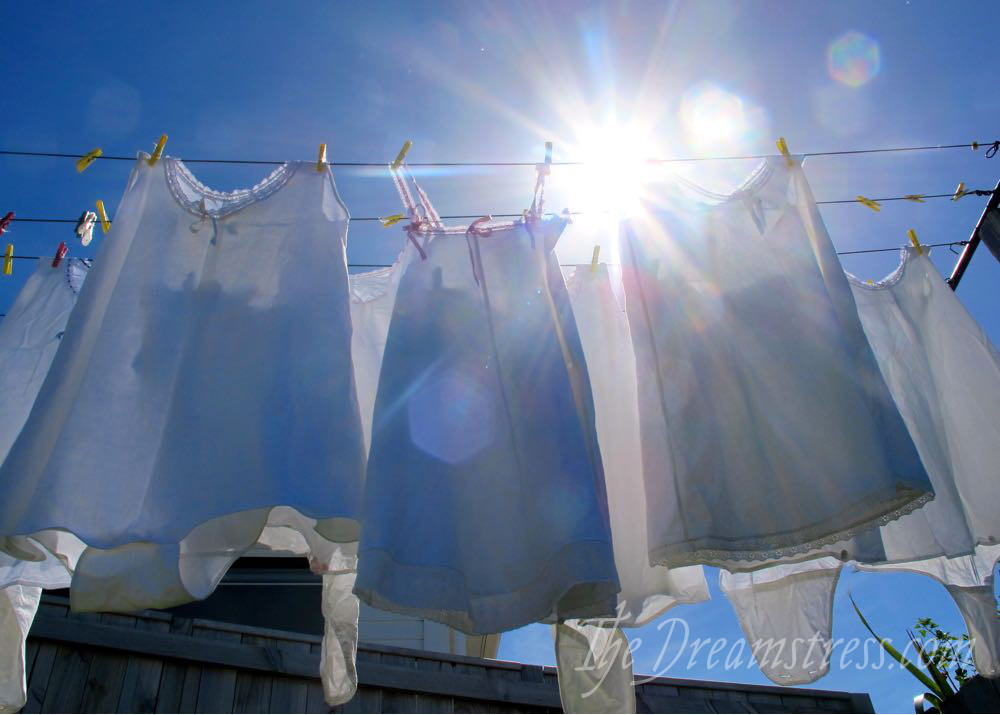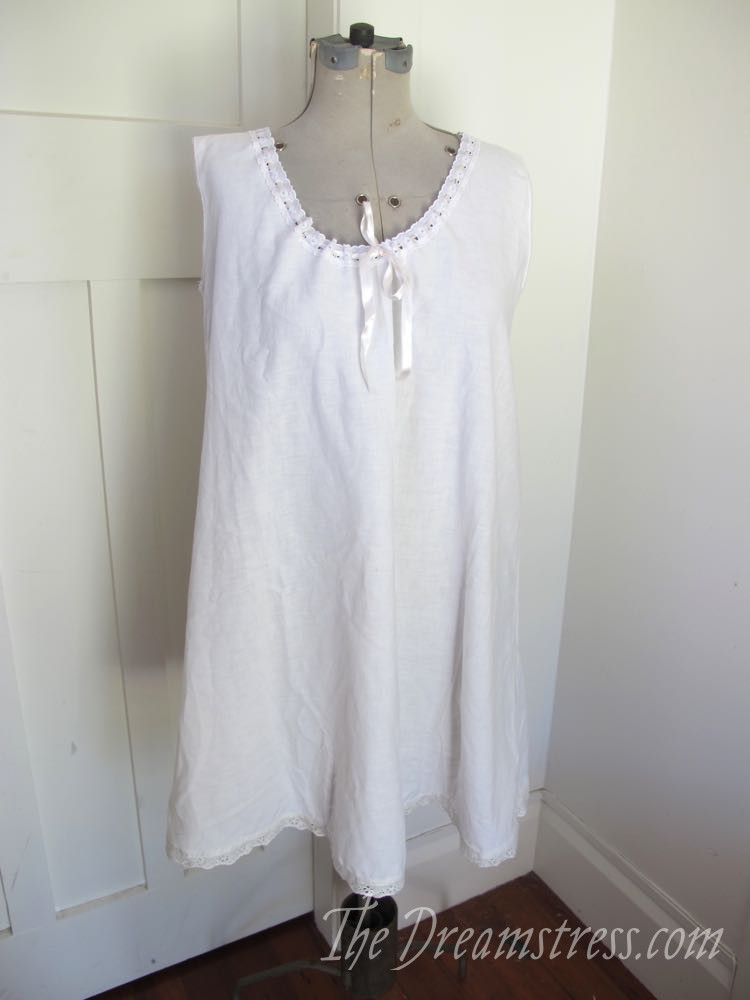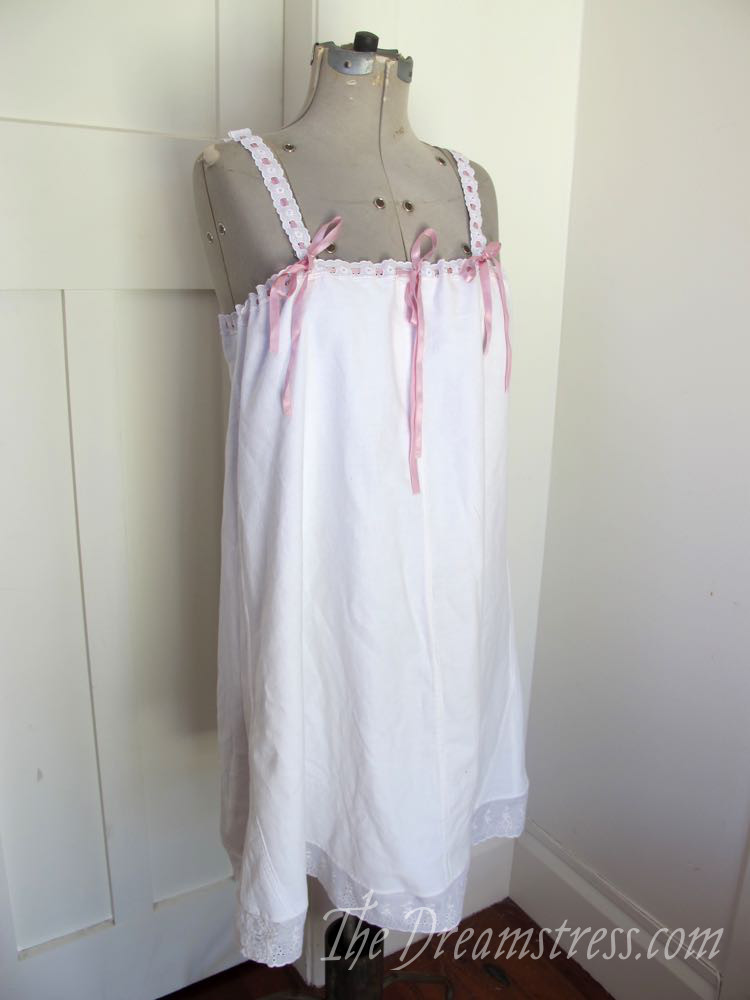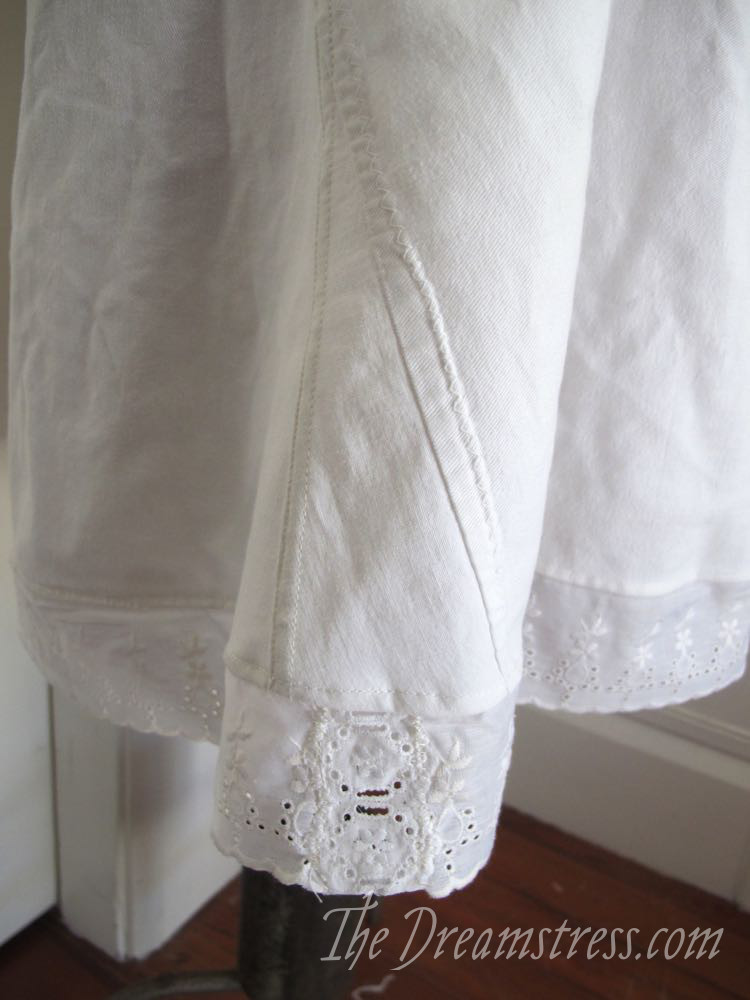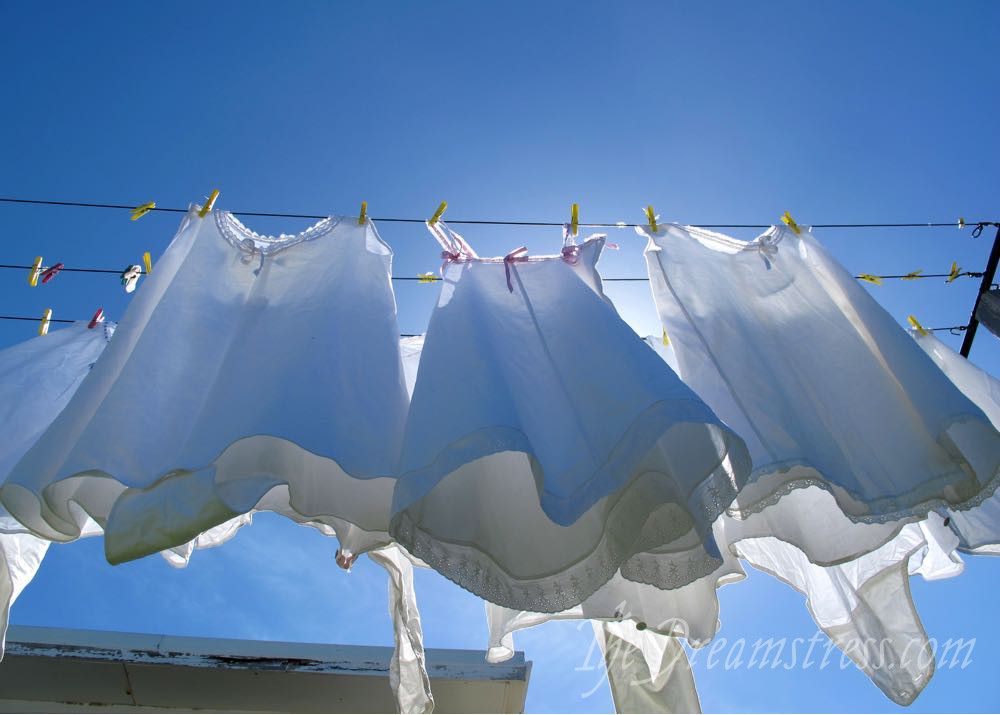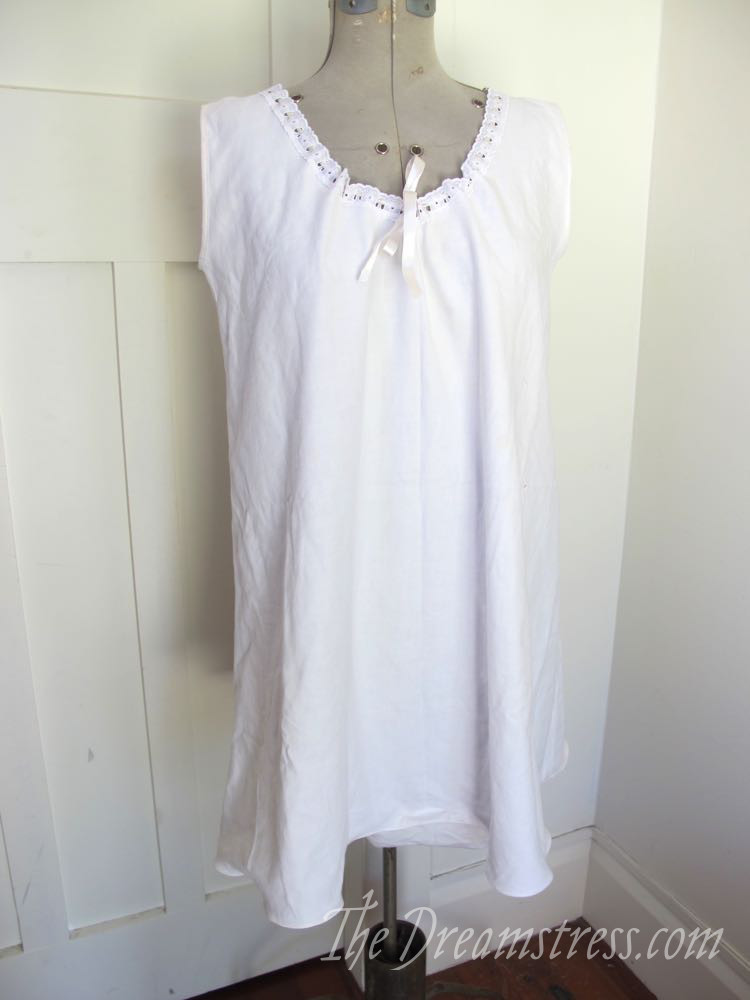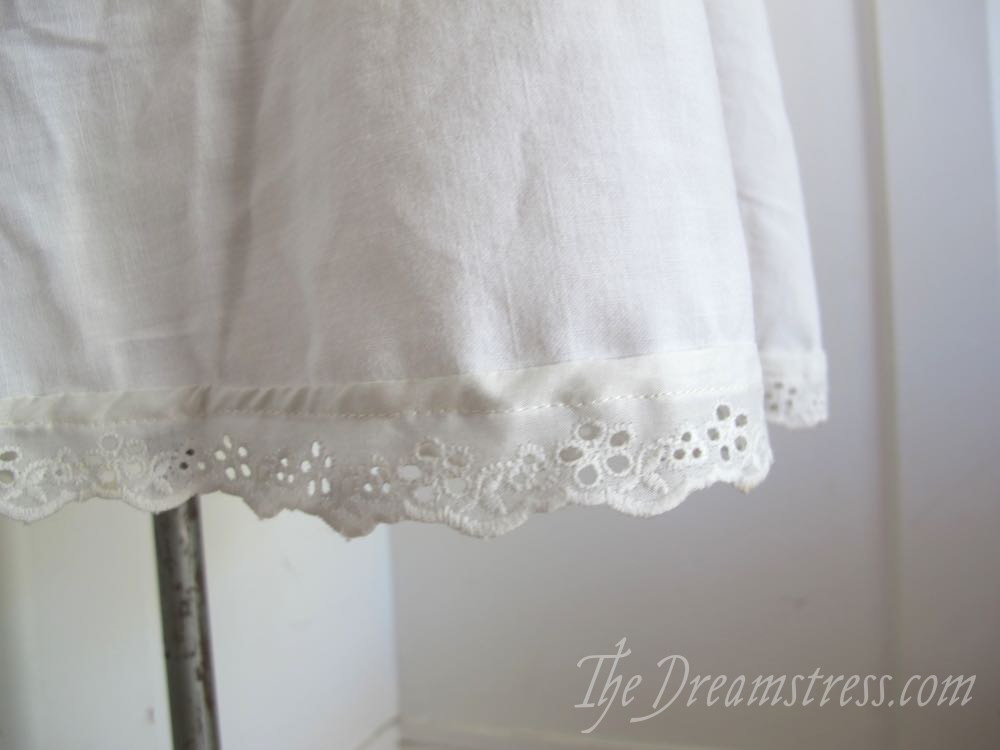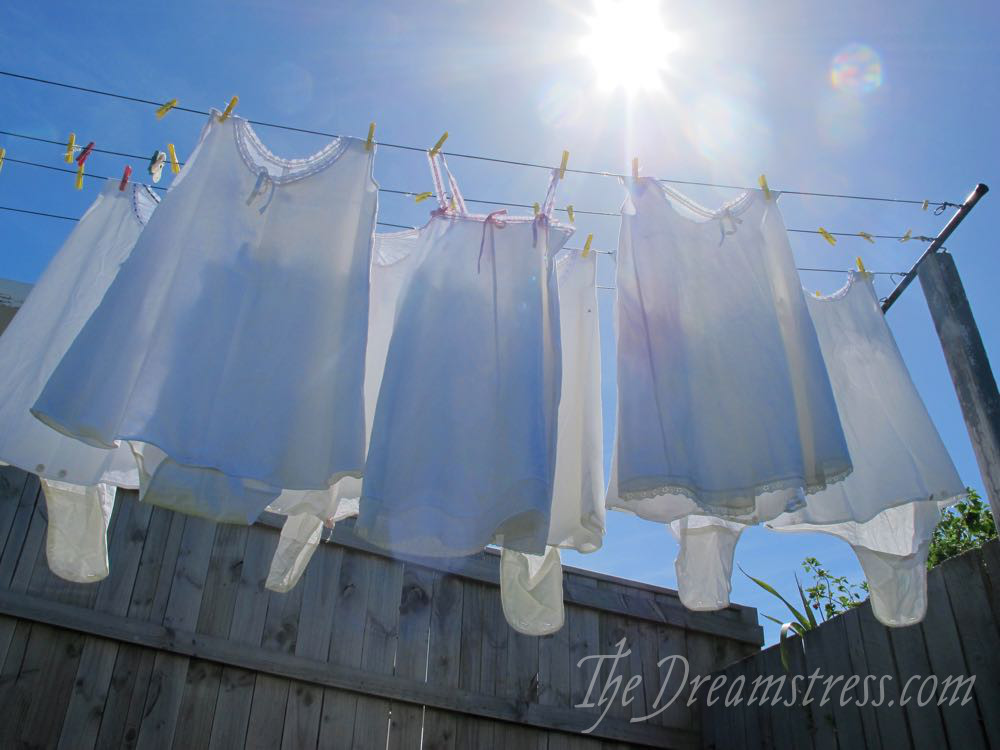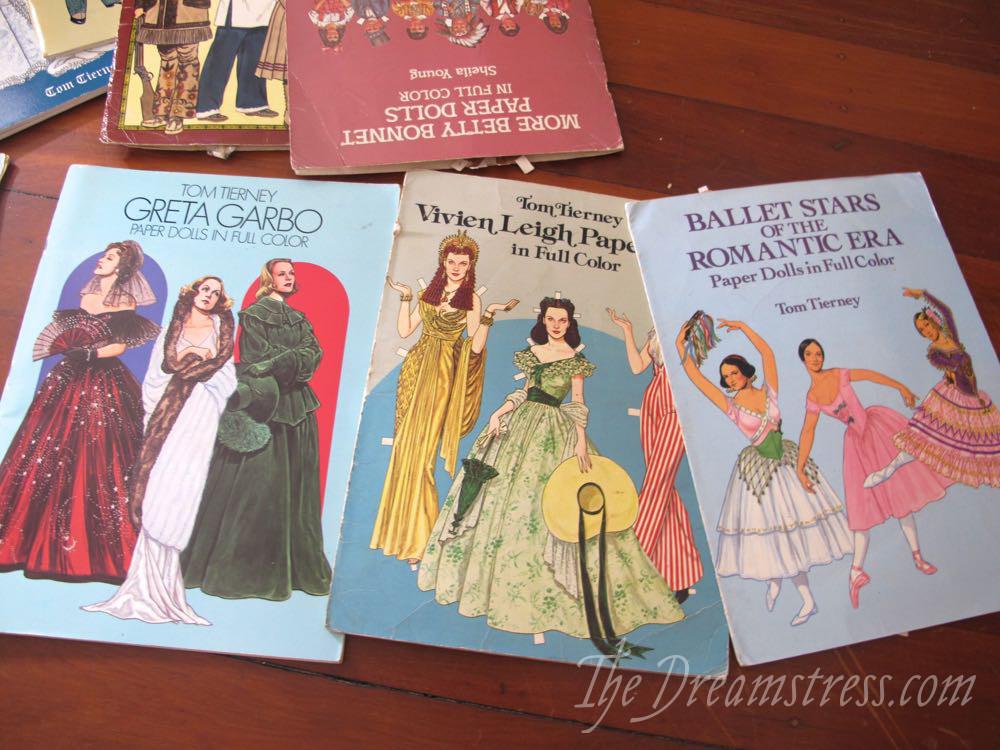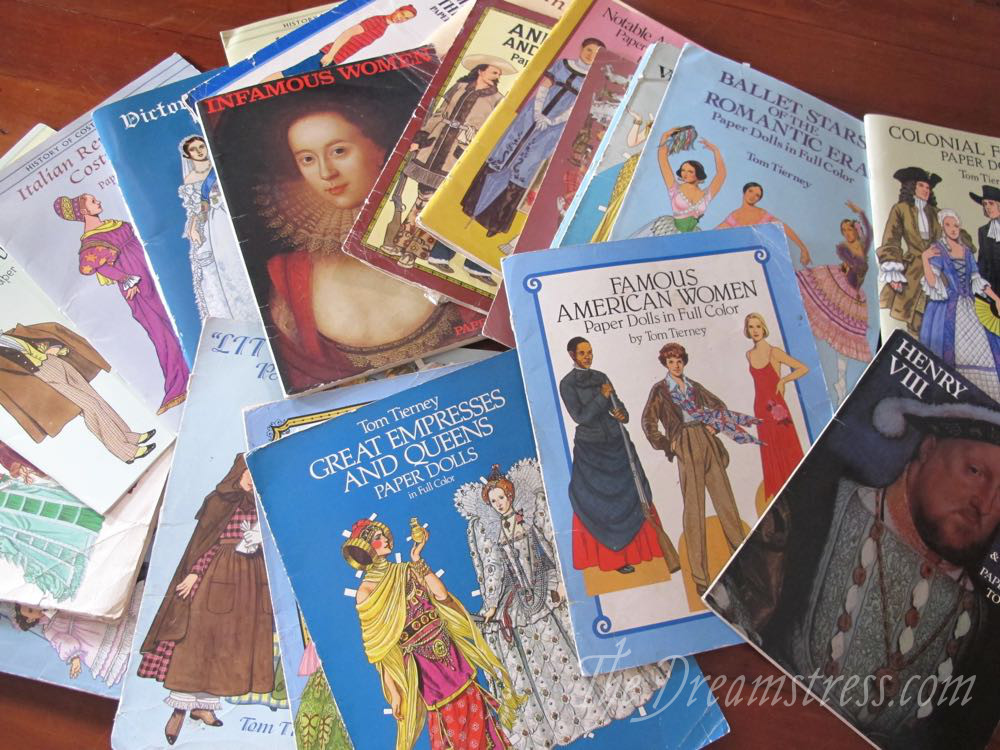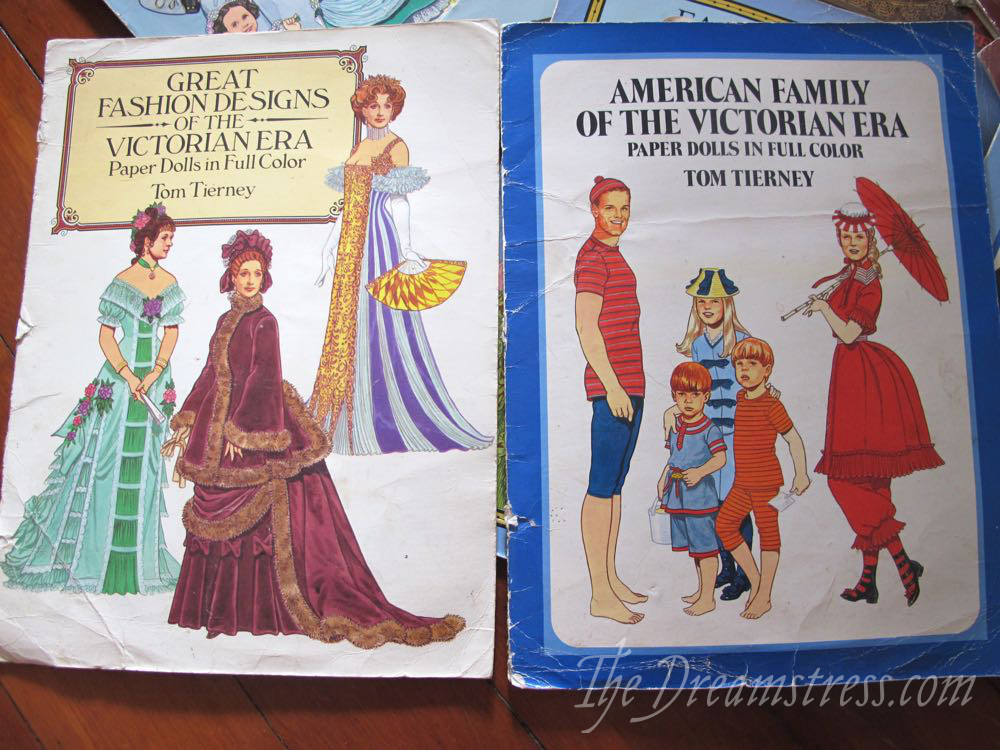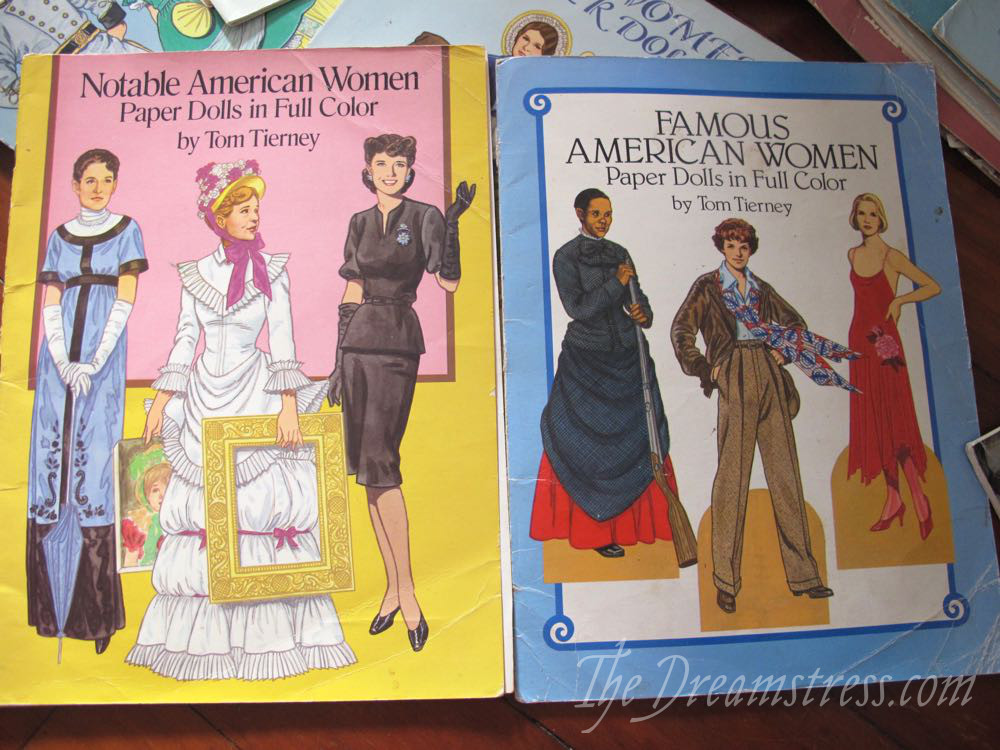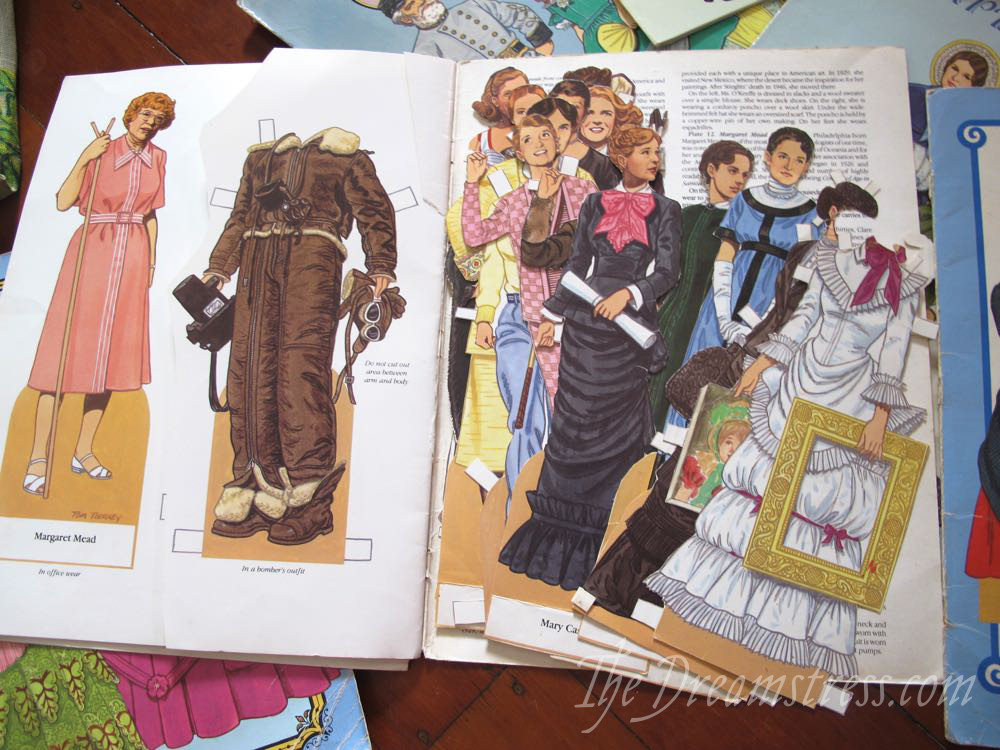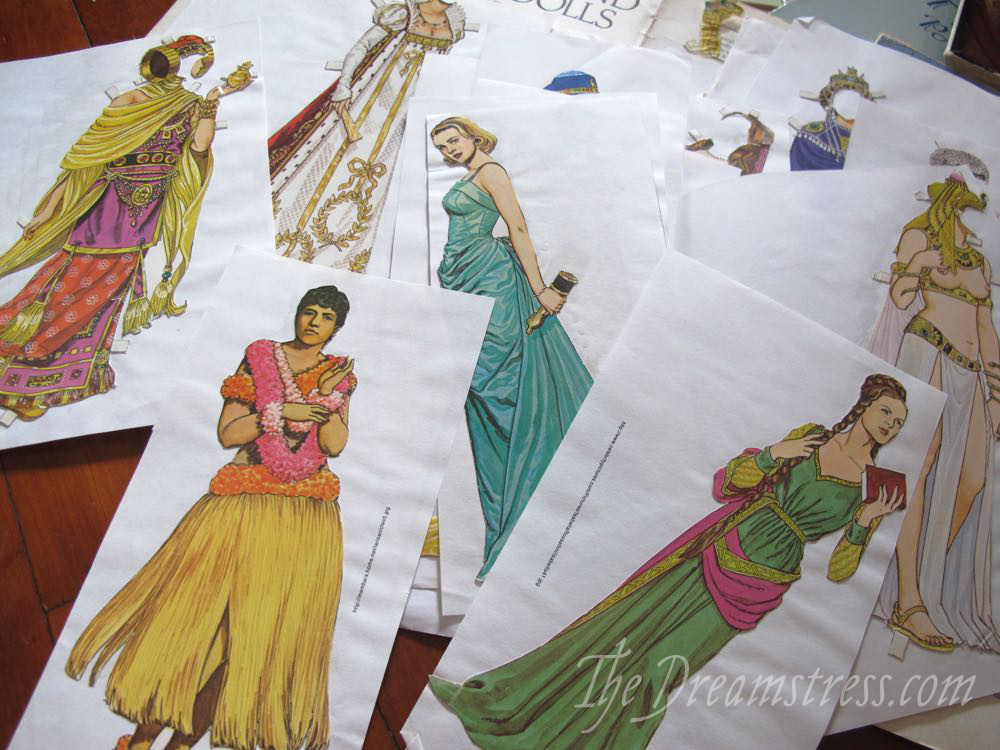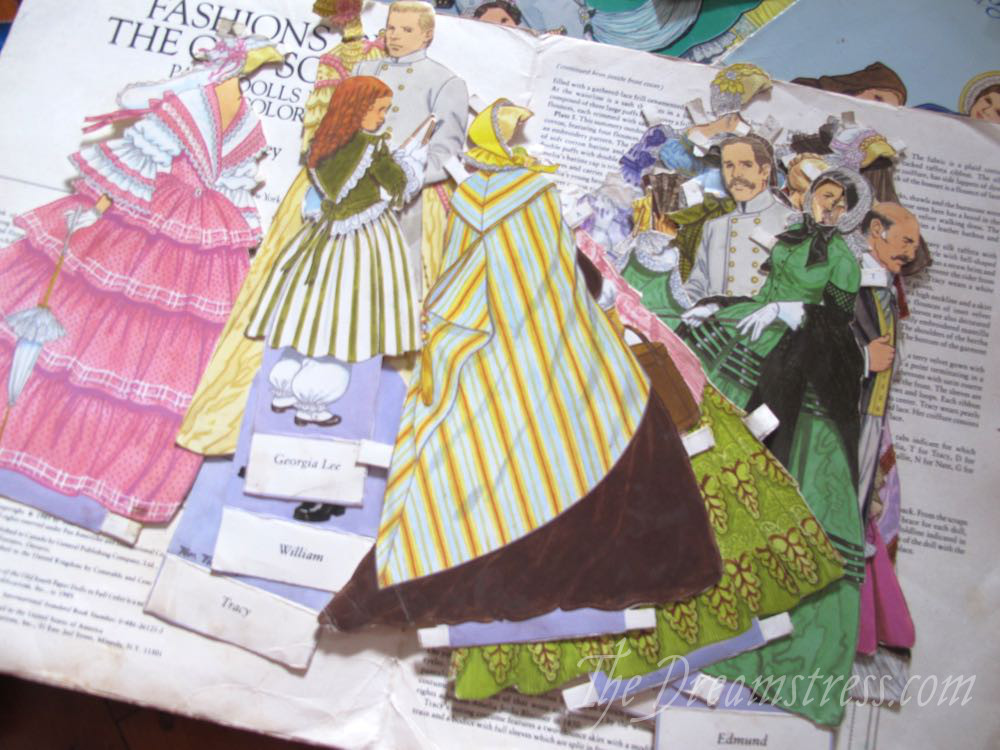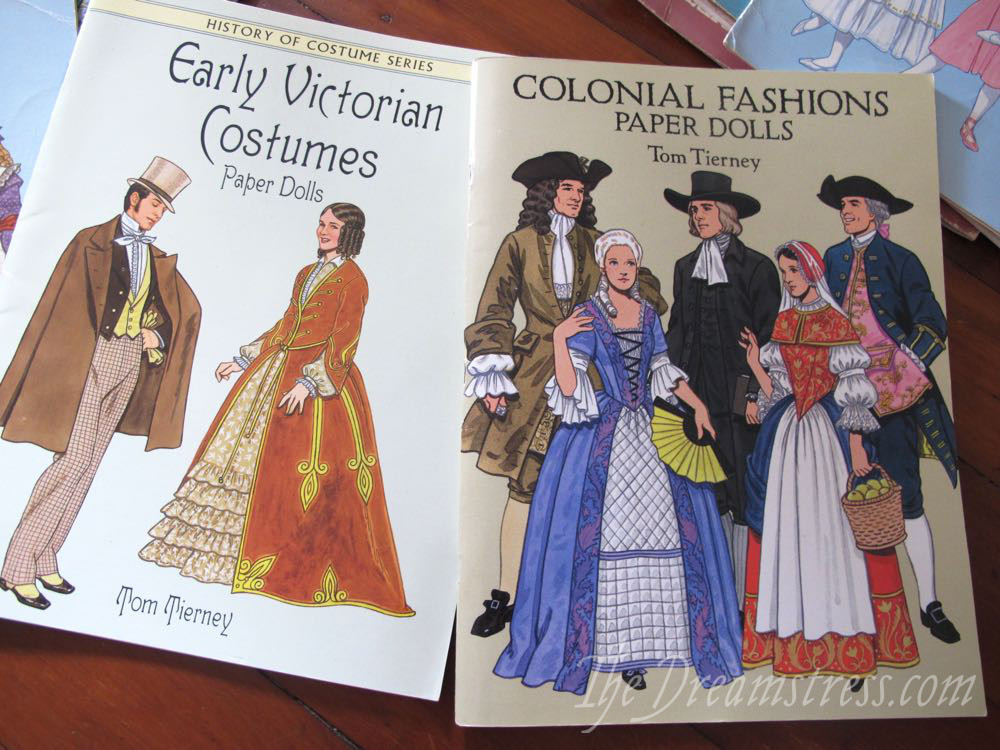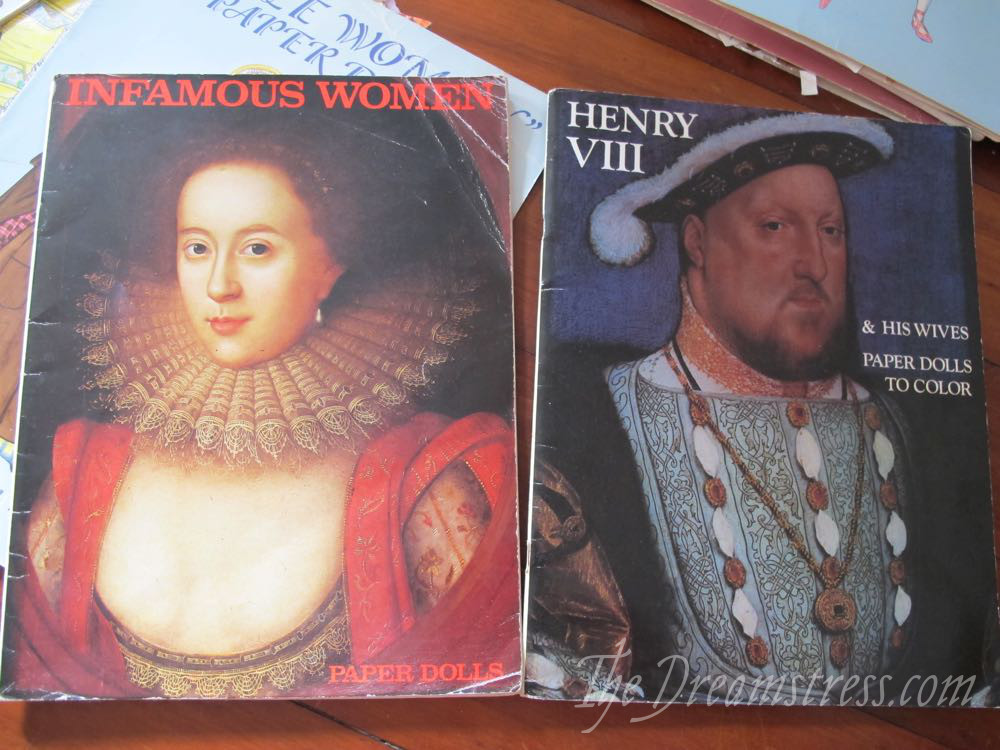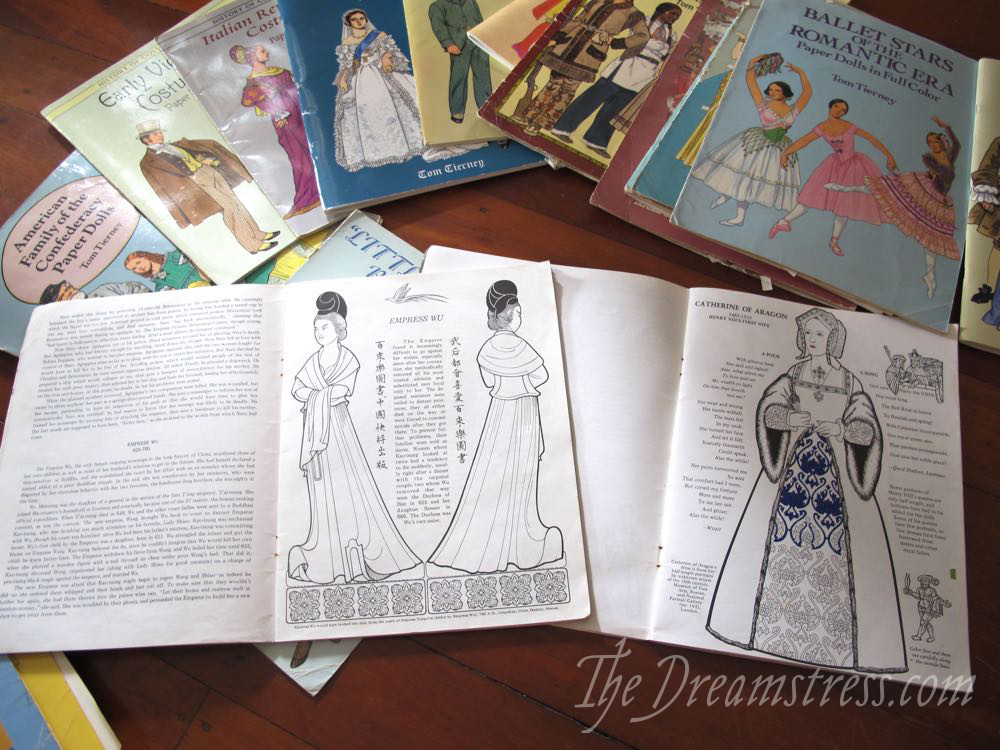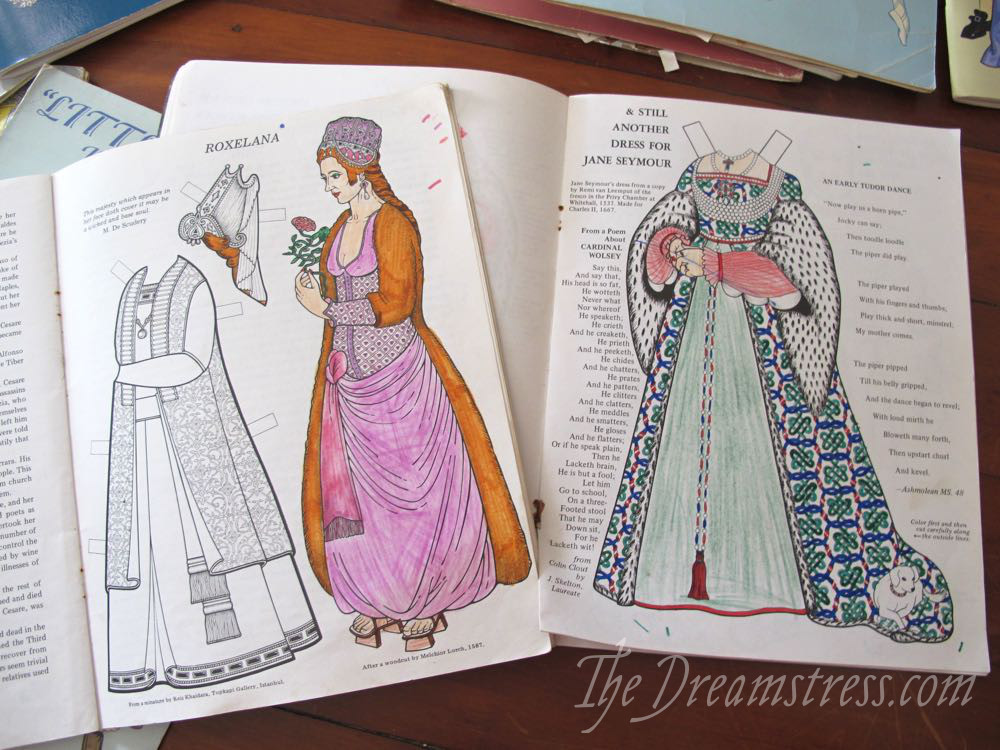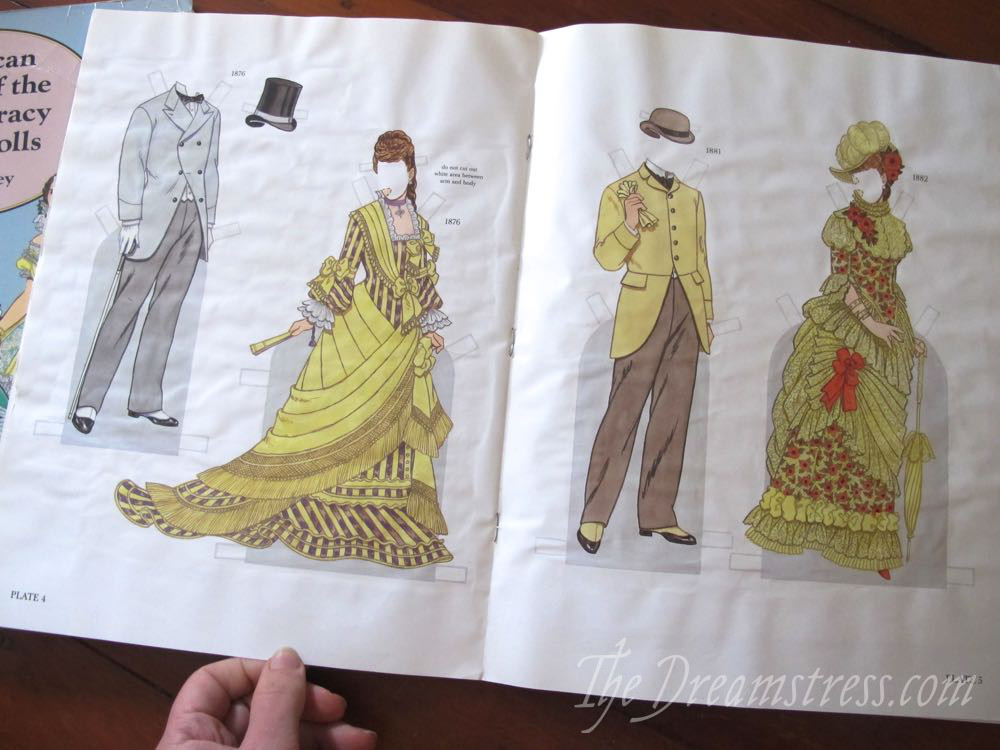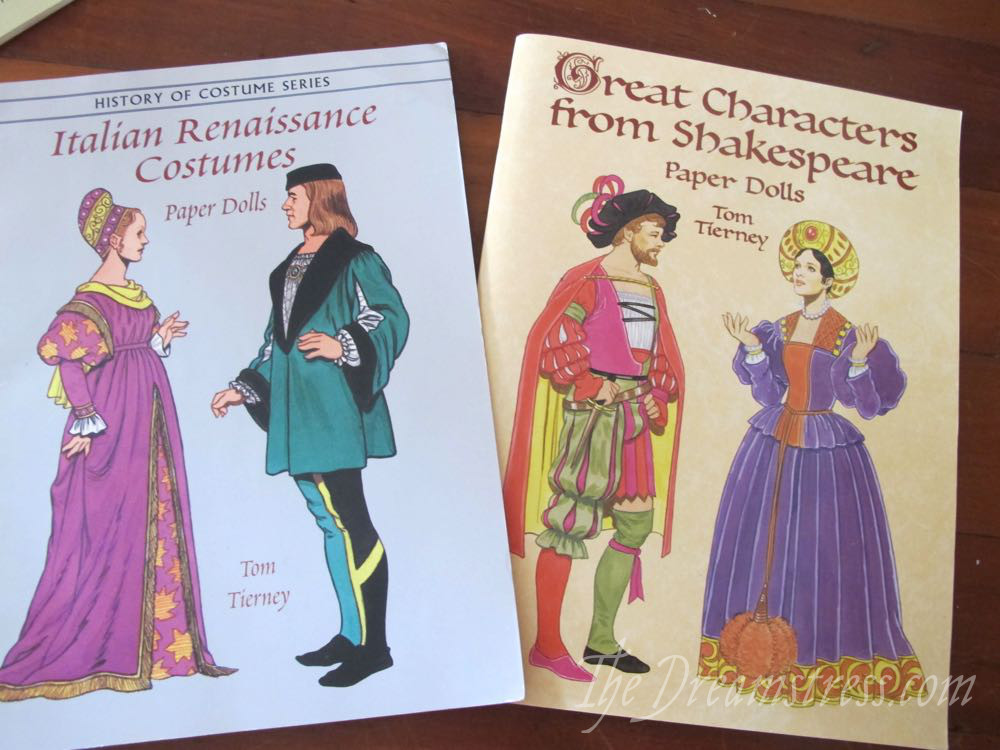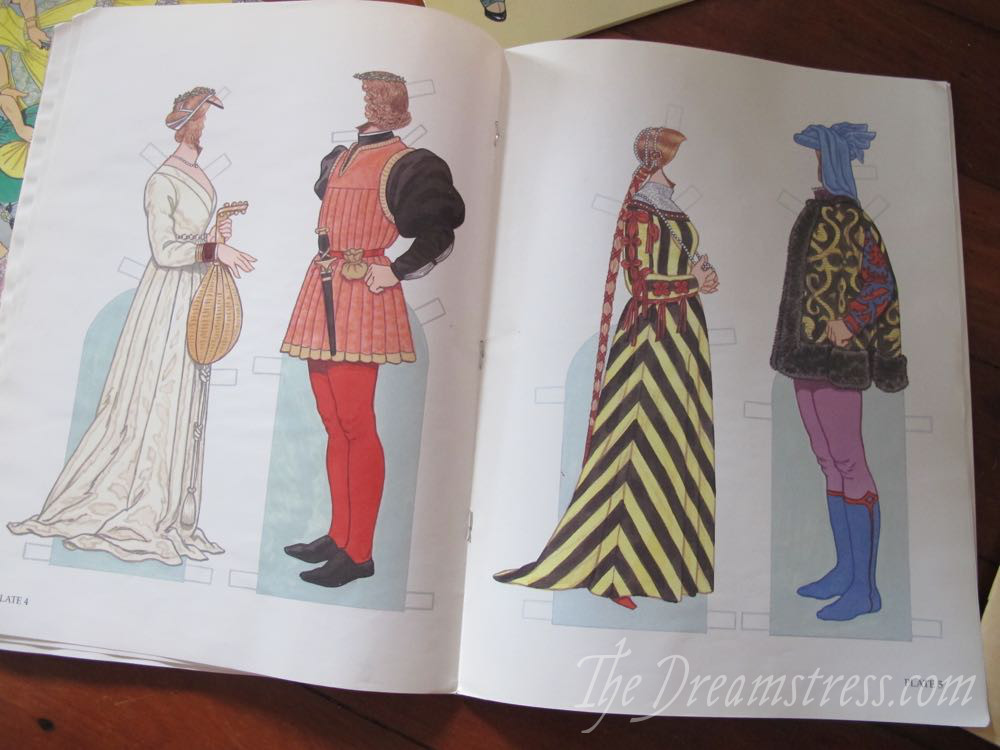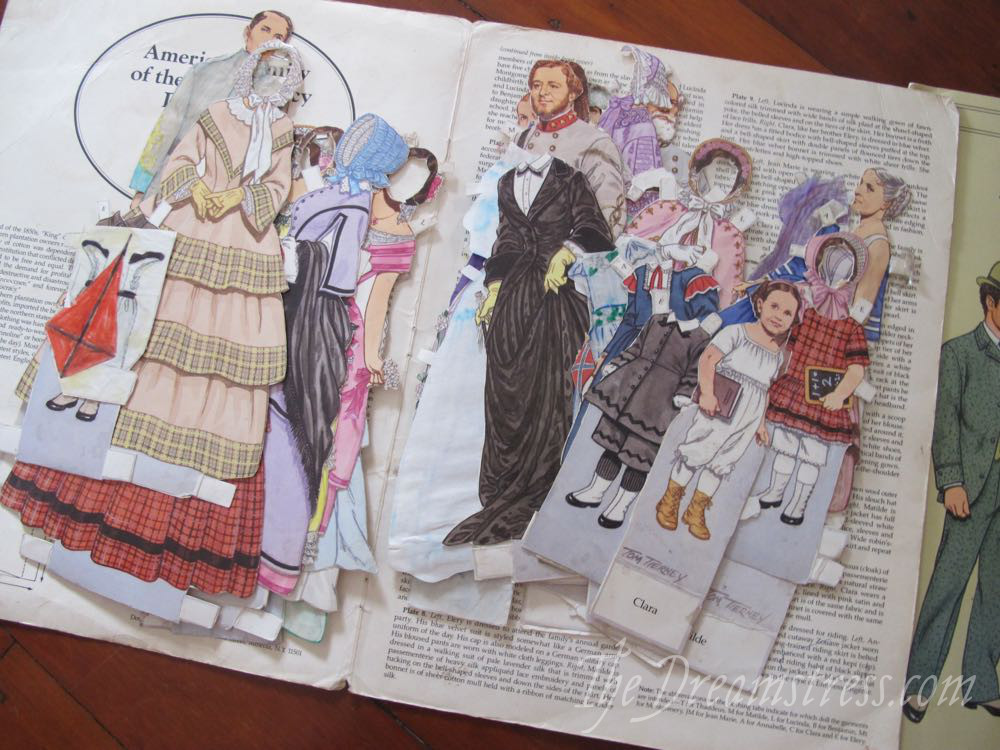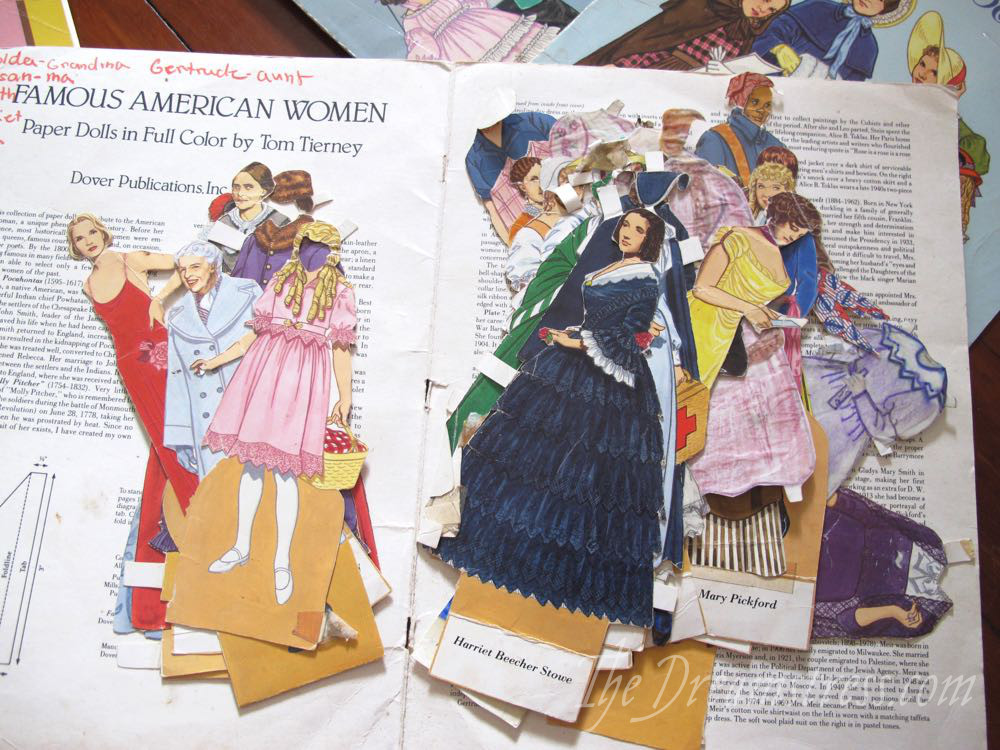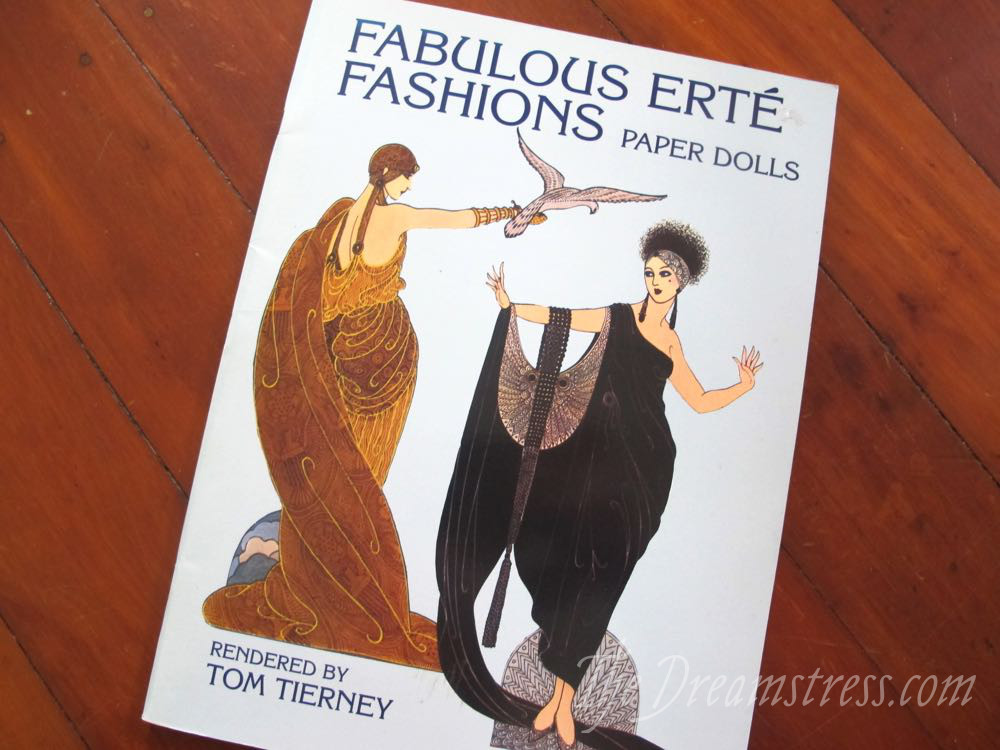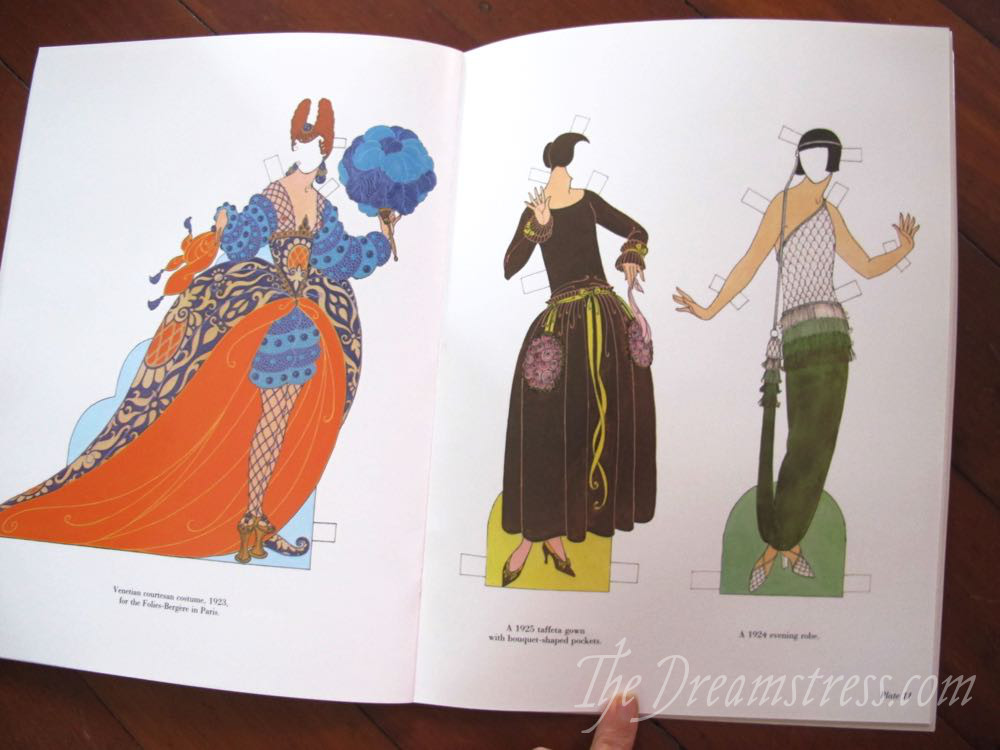Last week, rather than having a standard Rate the Dress, I did my annual Rate the Oscars post. So we have to go back a fortnight to Henrietta Cavendish Holles, Countess of Oxford, and her blue-striped riding habit. While some of you really loved it, and most of you agreed that she was wearing it with confidence, the universal opinion was that it just wasn’t working, and the riding habit came in at 6.5 out of 10 – which is right where most of the votes were clustered.
For this week’s Rate the Dress I’ve picked one based on my recent obsession with 1890s-1910s gored skirts, thanks to the Scroop Fantail skirt. You could get a very similar shape to the dress below from the Fantail by adding a second side gore, and gathering the side and back gores, instead of pleating. And adding lots, and LOTS of petticoats! (yes, I’ve been looking at museum catalogues for four months while I worked on the Fantail, thinking ‘yes, if you just did x and x very simple adaptations, you could make it from the Fantail!)
I have mixed initial feelings about this dress whenever I look at it, because I usually hate cherry patterned things because they are such a cliche in vintage fashion. However, after the initial reaction, I try to do what I always do with period fashions, and envision it within the context of its time: before anything with cherries was an instant cheap, lazy way to make something ‘vintage’.
The fabric of this dress is warp-patterned silk, and would have been anything but cheap and cliched in its time. It’s a slightly unrealistic depiction of cherries, showing both the fruit and flower at the same time, but each is depicted with an attention to detail worthy of a botanical print.

Evening dress, House of Worth (French, 1858—1956), Jean-Philippe Worth (French, 1856—1926), 1898, French, silk, rhinestones, Met 2009.300.1099a, b
(can we all pause for a moment of utter happiness while we note that the above photo gives a rare glimpse of how the skirt opens)

Evening dress, House of Worth (French, 1858—1956), Jean-Philippe Worth (French, 1856—1926), 1898, French, silk, rhinestones, Metropolitan Museum of Art, 2009.300.1099a, b
Though the skirt is a classic, timeless style, the bodice of the dress is very much of its time, transitioning towards the soft frills of the Edwardian styles, and already displaying a pronounced pigeon breast. Aptly for a ball gown, the dress is as extravagant from the back view as from the front, as that is what would be on display to the room as the wearer was held for a waltz.

Evening dress, House of Worth (French, 1858—1956), Jean-Philippe Worth (French, 1856—1926), 1898, French, silk, rhinestones, Metropolitan Museum of Art, 2009.300.1099a, b
What do you think? Is it three cheers for cherries, or all a bit over-ripe? (I should really love fruit-themed historical things. The puns are all so deliciously (har har) bad).
Rate the Dress on a Scale of 1 to 10



